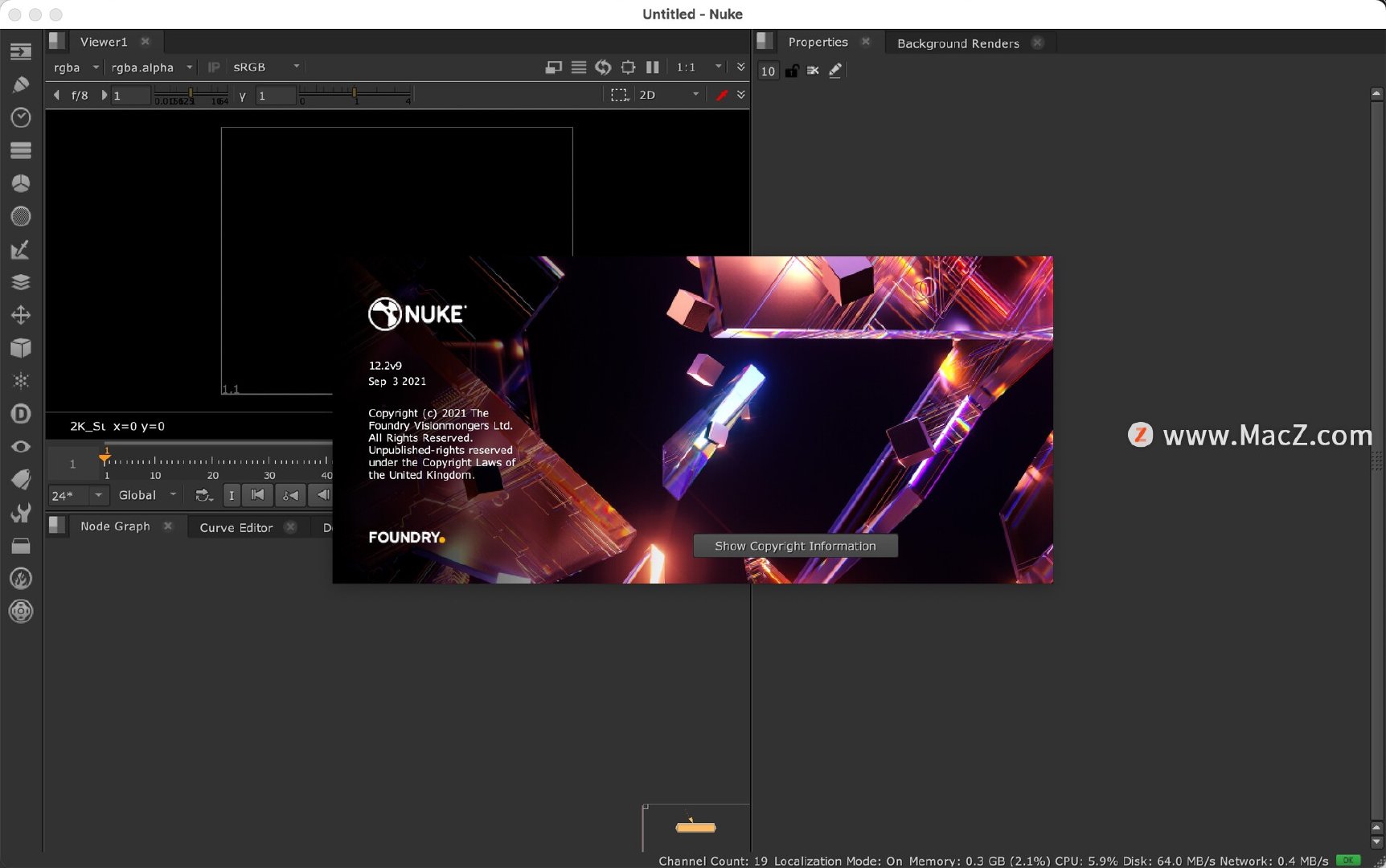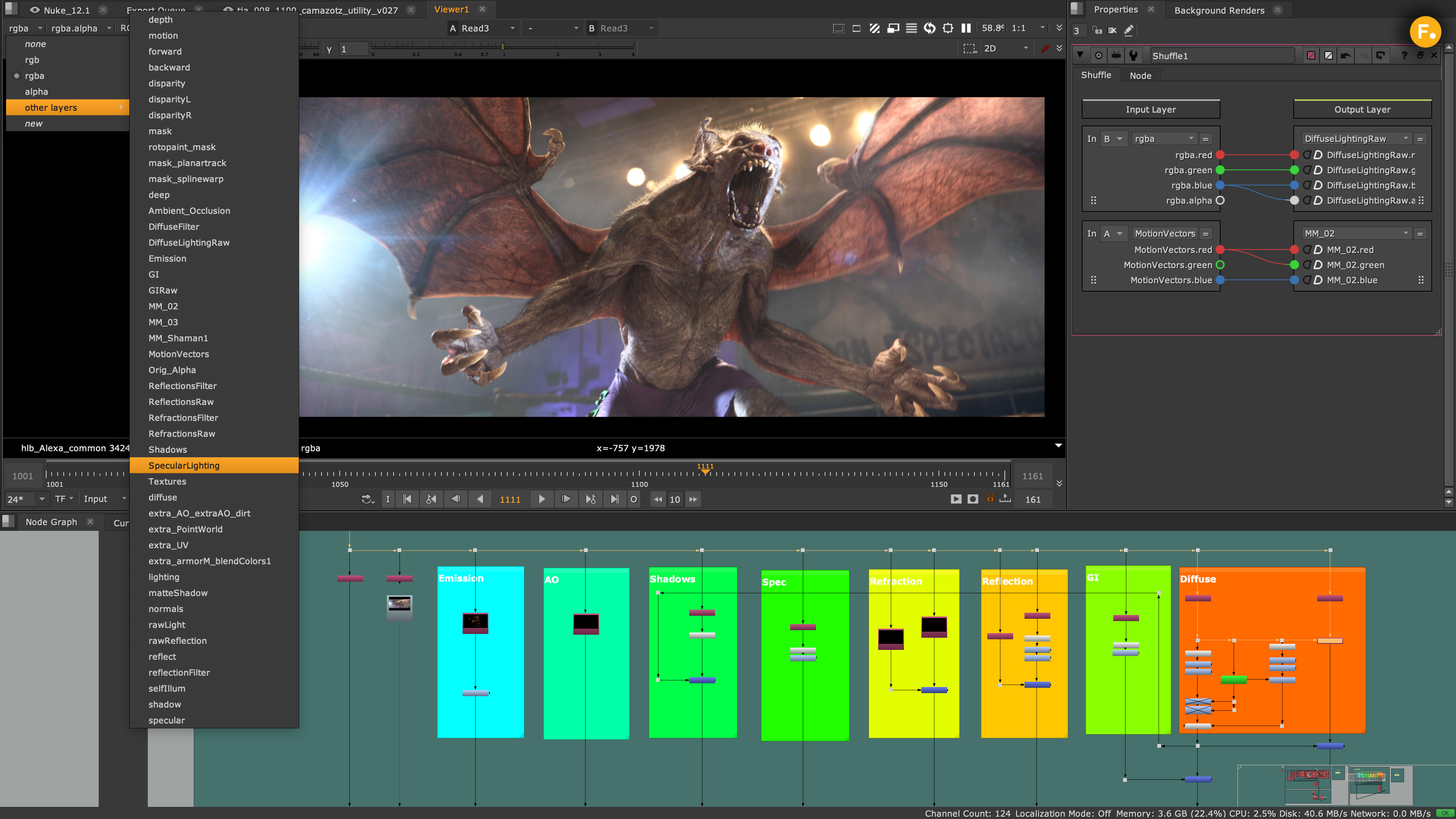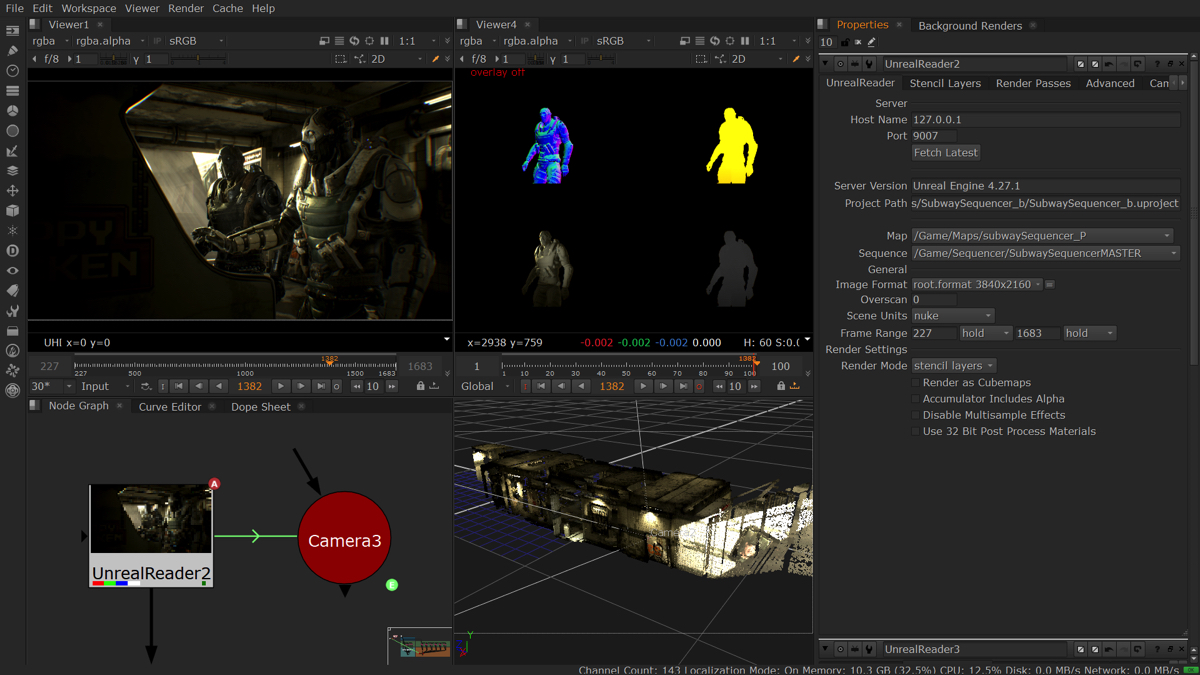
In this case, we want to track things close to the robot in the near view as it’s still hovering above the ground when it stops moving. Parralax – this term refers to the fact that objects in the nearer view tend to move more than objects further away from the moving camera, due to the nature of perspective.

To begin with, remove all the current properties panels to keep it tidy. As good as the mentorship scheme would be, I do not have a suitable reel of shots to use anyway, as I feel the work I did previously is of a lower quality than, hopefully, what I’m producing during this course.Įlsewhere this week, I have been continuing with the lessons on Nuke. We had not been informed of this at all, however, as we may be linking up with Axis during the going live project, we may yet have some kind of opportunity to work with them in a small but not insignificant way. Today saw Axis do a small talk, mainly for the 4th year undergraduates, who are being encouraged to take part in a mentoring scheme for a period of around 5 months, 1 day a week.

Hopefully he will post some notes soon to the VLE to fill in my gaps! Jin showed us some of his work pre and post production, sadly due to it’s confidential nature, I can’t post it up on the blog. The equation for the over state in compositing – Over = (A x M) + Passes – master beauty pass is alays used as a reference pass! You need to convert DPX footage to work on and back again later etc. Image aspect ratios – HD – square pixels NTSC/PAL – not square pixels!Ĭolour Space – sRGB/Linear – designed to match home/office viewing conditions with gamma 2.2 applied to digtal images. The key thing for roto shapes are there consistency – I’ll look at rotoscoping later! So when roto shapes are used to block out parts of an image, they are 8 bit grayscale images (values 0-1). In a matte, which is an 8 bit image (0-1) white = 1 and black = 0. The Alpha Channel – Channel A – Alpha/Matte/Mask, it all means the same thing. Importantly, values are above 1 or below 0, for example, HDRI or EXR’s. When it comes to colour in compositing, don’t always believe your eyes! You need to use tools to analyse the data – for example, an 8 bit monitor won’t show all the colour for a 16 bit image!
#Nuke 10 basics to render 64 Bit#
64 bit Linux 10 bit DPX 16 or 32 bit EXR.
#Nuke 10 basics to render software#
Some of the software and file formats they use include: In described how at MCP in London, the FX team focus on 2D/3D animation, while the VFX pipeline includes the whole workflow.

The art and science of digital compositing.The idea for VFX is realism – VFX are not design! Keep them as natural as possible! Recommended books include: VFX – something that can’t be accomplished during shooting more cost effective there may be danger involved in shooting the real shot, etc….Special Effects – practical effects (make up, fire, smoke, rain etc).For example, titles sequences, editing, music etc… Motion graphics – this is design based.He describes VFX as a combination of science and art, and there are 4 main technologies: This morning saw Jin deliver a lecture on film compositing.


 0 kommentar(er)
0 kommentar(er)
